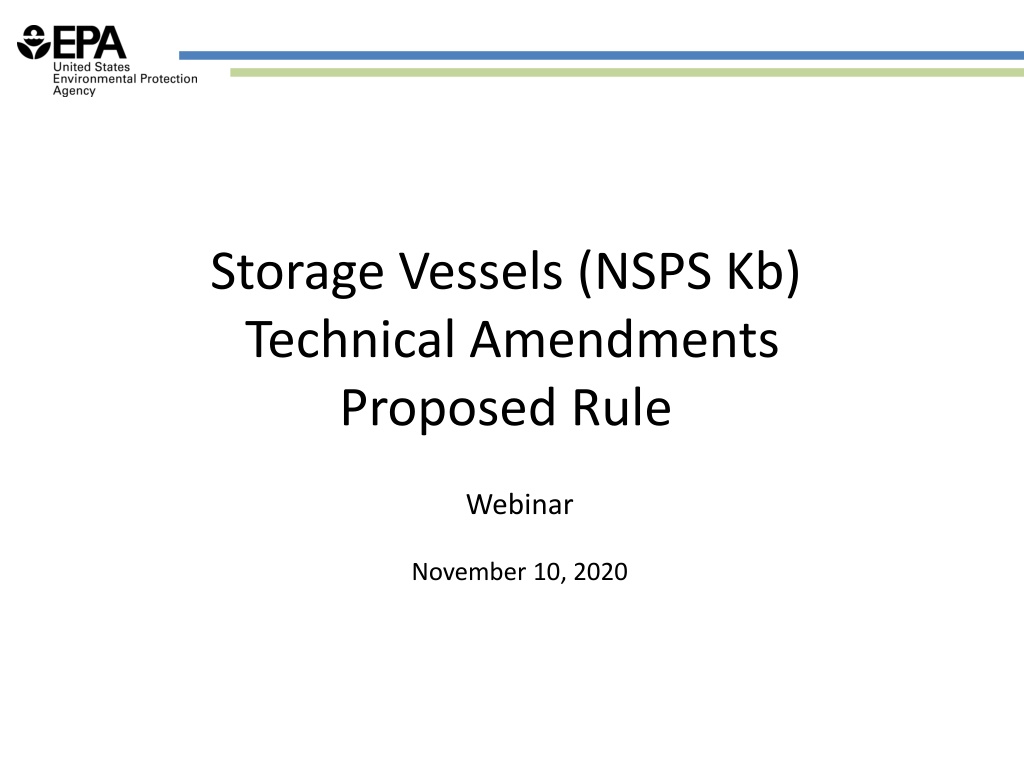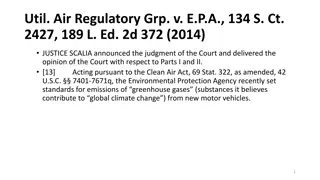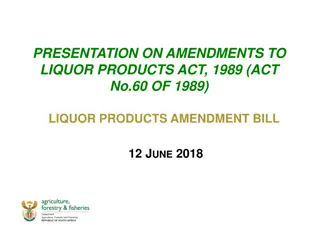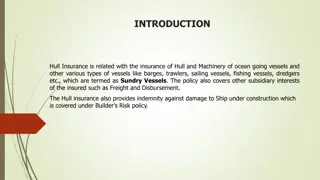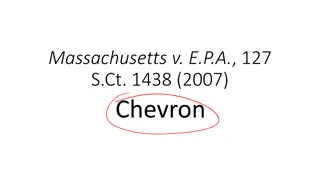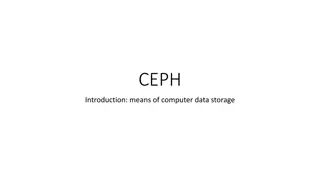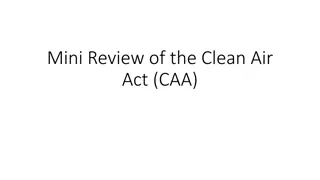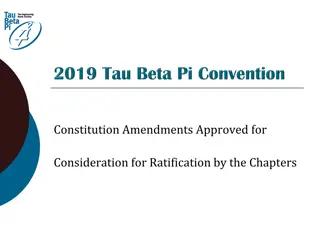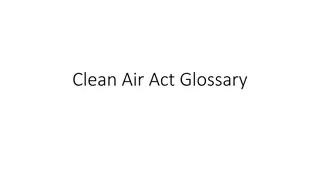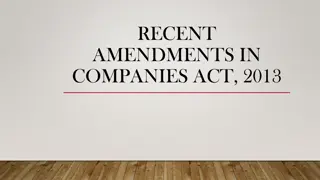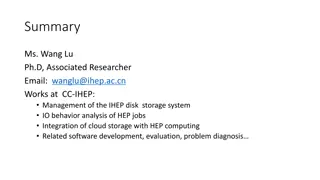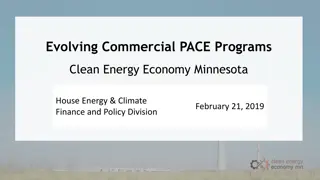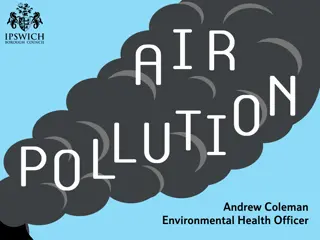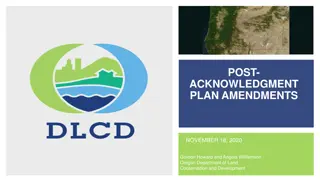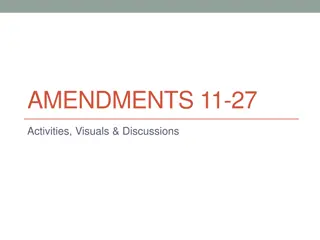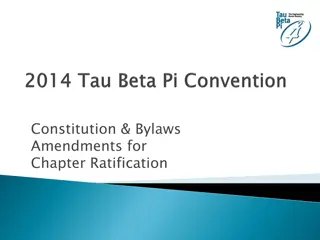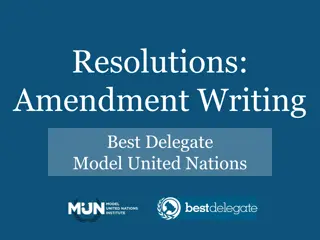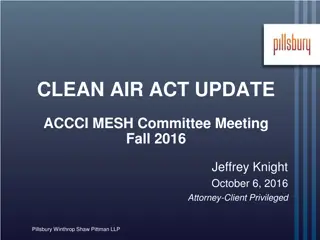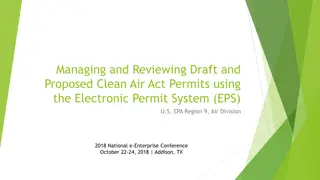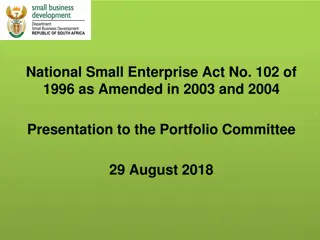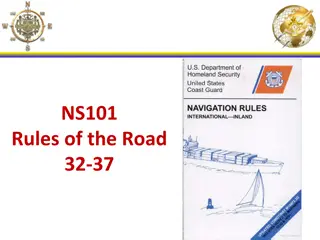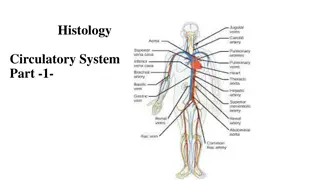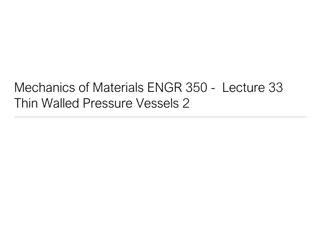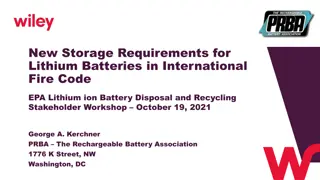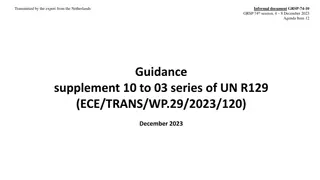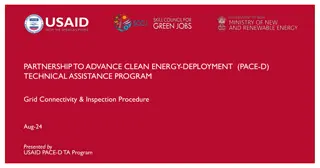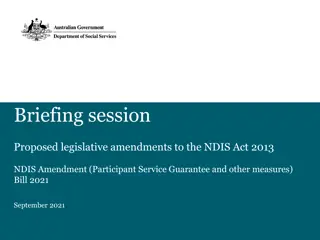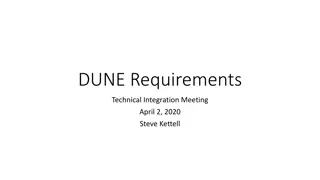Overview of Clean Air Act Requirements for Storage Vessels NSPS Kb Technical Amendments
This presentation delves into the regulations outlined in the Clean Air Act (CAA) Section 111 for storage vessels, focusing on the NSPS Kb standards aimed at controlling emissions of Volatile Organic Compounds. It covers the background, rule history, stakeholder engagement, and proposed amendments, shedding light on the importance of regulating large storage vessels across various industries for environmental protection.
Download Presentation

Please find below an Image/Link to download the presentation.
The content on the website is provided AS IS for your information and personal use only. It may not be sold, licensed, or shared on other websites without obtaining consent from the author. Download presentation by click this link. If you encounter any issues during the download, it is possible that the publisher has removed the file from their server.
E N D
Presentation Transcript
Storage Vessels (NSPS Kb) Technical Amendments Proposed Rule Webinar November 10, 2020
Overview Clean Air Act (CAA) Section 111 Requirements Storage Vessels Source Category Rule History NSPS Kb Background Current Status 2020 Proposed NSPS Kb Amendments Stakeholder Engagement Comment Period Q&A 2
CAA Section 111 Requirements Regulation Section 111(b) of the Clean Air Act (CAA) requires EPA to issue standards of performance for new sources in a category listed by the Administrator based on a finding that the category of stationary sources causes or contributes significantly to air pollution which may reasonably be anticipated to endanger public health or welfare. Pursuant to CAA section 111, EPA promulgated NSPS Kb in 1987 to regulate emissions of Volatile Organic Compounds (VOCs) from most storage vessels containing volatile organic liquids. The standards in NSPS Kb for storage vessels with an external floating roof (EFR) or internal floating roof (IFR) are a combination of a design, equipment, work practice, and operational standards set pursuant to CAA section 111(h). 3
Storage Vessels Source Category Large storage vessels store volatile organic liquids across a variety of industries: Petroleum refineries Chemical plants Portions of oil and gas industry NSPS Kb storage vessels can be a single tank or part of large tank farms and are found in both major and area sources of VOC emissions 4
Storage Vessels Rule History 1977 Storage Vessels for Petroleum Liquids for Which Construction, Reconstruction, or Modification Commenced After June 11, 1973, and Prior to May 19, 1978 (NSPS K) Established emission standards for VOCs and monitoring requirements 1980 Standard and monitoring requirements expanded Added testing requirements and provisions for alternative means of emission limitation for vessels built between May 18, 1978 and July 23, 1984 (NSPS Ka) 1987 Expanded Standards of Performance for Volatile Organic Liquid Storage Vessels (Including Petroleum Liquid Storage Vessels) for Which Construction, Reconstruction, or Modification Commenced After July 23, 1984 (NSPS Kb) 1999 *National Emission Standards for Storage Vessels (Tanks) Control Level 2 (NESHAP WW) 6
NSPS Kb Background Applies to each storage vessel with capacity greater than or equal to 75 cubic meters (m3) that is used to store volatile organic liquids (VOL) for which construction, reconstruction, or modification is commenced after July 23, 1984, expect for vessels with: Capacity greater than or equal to 151 m3 storing liquid with maximum true vapor pressure less than 3.5 kilopascals (kPa); Capacity greater than or equal to 75 m3but less than 151 m3storing a liquid with a maximum true vapor pressure less than 15.0 kPa; and Specific set of design requirements or covered under other NSPS (see 60.110b (d)) 10-year internal inspections for internal floating roof tanks Take significant amounts of storage capacity offline because tanks must be emptied and degassed Owner or operator enters tank and conducts visual inspections for holes, tears or other openings 7
NSPS Kb Current Status Since 2018, EPA has received significant uptick in owners or operators requesting alternatives to conducting out-of-service inspections of storage tanks subject to 1987 NSPS Kb EPA has received more than 300 requests from facilities seeking permission to conduct in service inspections to demonstrate compliance with 1987 NSPS Kb Requests are time consuming and burdensome 8
2020 Proposed Rule Amendments Summary Allow compliance with NESHAP WW to comply with NSPS Kb for storage vessels with floating roofs In certain circumstances NESHAP WW inspections can be performed while tanks are in service and will not require emptying and degassing EPA determined that the proposed voluntary alternative standard (NESHAP WW) will achieve a reduction in emissions at least equivalent to the reduction in emissions achieved under NSPS Kb. \ If changing type of inspection used for compliance, owners or operators must send notice of change before inspection If facilities do not opt to comply with NESHAP WW, no change is necessary 9
2020 Proposed NSPS Kb Amendments Schedule October 7, 2020: Proposal signature October 16, 2020: Notice published in Federal Register No public hearing request November 30, 2020: Comment period closes 10
Stakeholder Engagement Engage with small businesses and tribes who own or operate applicable storage vessels Encourage stakeholders to be engaged during this rulemaking process Provide comments and information during the comment period that will enhance final rule development 11
Comment Period Out of an abundance of caution for members of the public and our staff, the EPA Docket Center and Reading Room are closed to the public, with limited exceptions, to reduce the risk of transmitting COVID-19. Comment period will be open until November 30, 2020 Submit comments online: https://www.regulations.gov/ Email comments: a-and-r-Docket@epa.gov, Attention Docket ID No. EPA-HQ- OAR-2020-0372 https://www.epa.gov/stationary-sources-air-pollution/volatile-organic-liquid-storage-vessels-including-petroleum-storage 12
Questions? Technical Contact: Neil Feinberg (feinberg.stephen@epa.gov) 13
